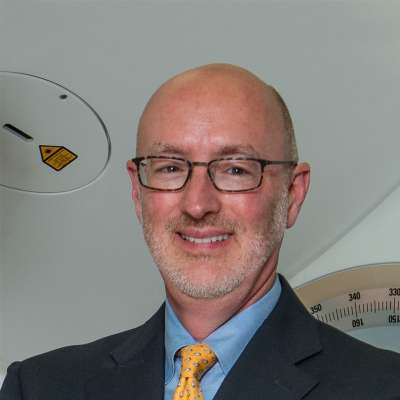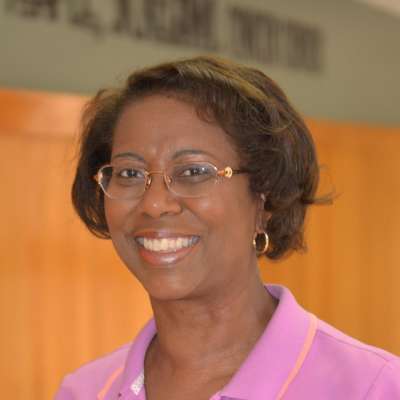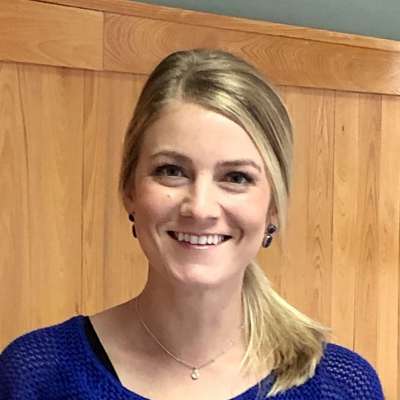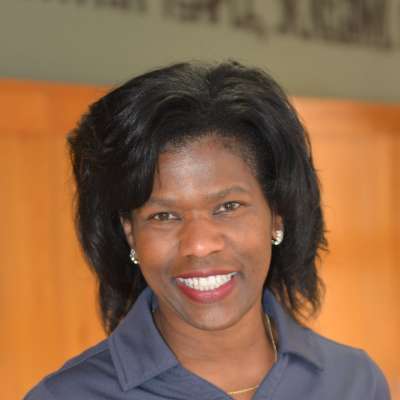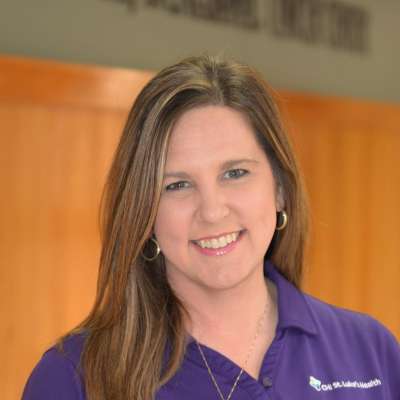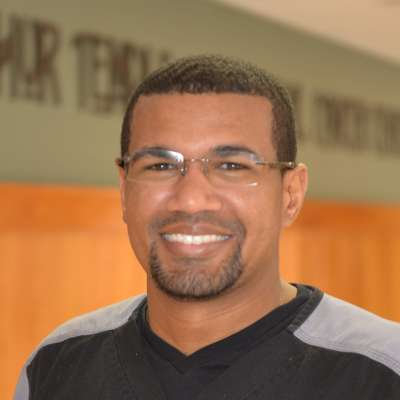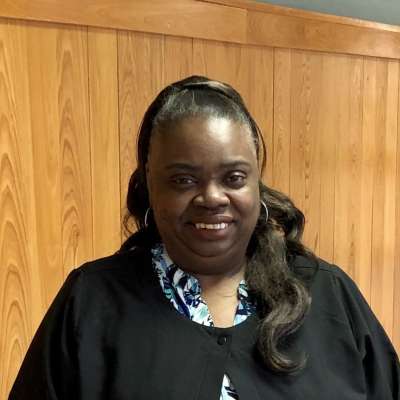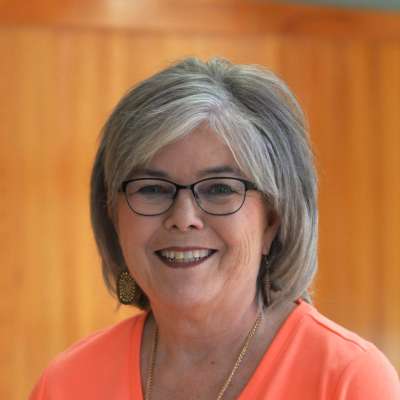I have had the privilege of caring for cancer patients as a radiation oncologist in a rural/non-urban setting[1] for more than 30 years. According to the 2020 Census, 20% of the population (66.3 million people) lives in rural areas.[2] But rural specialty physicians are vastly underrepresented: There are 263 specialists per 100,000 people in the urban setting, but only 30 per 100,000 in rural areas.[3] In my specialty, almost 9 in 10 radiation oncologists work in urban or suburban communities.[4] Additionally, the number of solo practice radiation oncologists decreased from 14.3% in 2013 to 11.8% in 2017.[5] In the related specialty field of medical oncology – the doctors who prescribe and administer chemotherapy – a mere 3% of medical oncologists practice in rural areas and 70% of counties in the United States do not have a medical oncologist.[6]
My practice – a two-hour drive north of the Texas Medical Center in Houston – happens to be in the shadow of the “No. 1 hospital for cancer care in the nation”[7] as ranked by U.S. News & World Report. It’s a long shadow. This cancer hospital received a perfect score of 100 while the second and third ranked cancer centers – also world-renowned – received much lower scores of 92.8 and 87.3, respectively.[8] I guarantee you the No. 1 cancer hospital is not perfect. The U.S. News & World Report ranking methodology doesn’t take into account accessibility, for example.[9] As I tell my patients who want to go there but can’t, either because their insurance isn’t taken (not uncommon) or they simply can’t afford to travel and stay there – they are the No. 1 cancer hospital only for those who can both get there and get in.
The San Francisco city attorney David Chiu is investigating U.S. News & World Report, demanding it disclose the payments it receives from the hospitals it endorses. Chiu, noting “perverse incentives”, has leveled a damning accusation: “The hospital rankings appear to be biased towards providing treatment for wealthy, white patients, to the detriment of poorer, sicker, or more diverse populations.”[10] It isn’t just healthcare rankings that are under scrutiny. Many US colleges, including top law schools, are dropping out of the US News & World Report rankings race for what they call “profoundly flawed” methodology.[11]
Self-congratulating healthcare rankings and the insular nature of academic medicine leads to an unfortunate hubris in the ivory towers of academia. Many, many times my patients have been told by the academics that no one else can or should do their treatment. This “only we can cure your cancer” mentality is not only wrong, it is bad medicine.
Admittedly, there is some evidence that place of residence (urban versus rural) is associated with cancer survival.[12] But the data has many caveats. A 2020 American Society of Clinical Oncology (ASCO) workforce analysis noted that rural residents are more likely to be socioeconomically disadvantaged, lack broadband Internet, and have limited travel options.[13] A study from Alabama looked at cancer-related beliefs and lifestyle practices by rural-urban status and noted the Deep South has a higher prevalence of cancer-related risk factors like tobacco use, obesity, poor diet, and physical inactivity. Rural populations were significantly more likely to have higher racial/ethnic minority representation and lower education, employment, income, food security, and internet access, and to endorse fatalistic cancer-related beliefs.[14]
The common association with all of these was education. I would add that lower rates of screening or lack of access to healthcare may mean patients present at a later, more advanced stage. In other words, the many social determinant of health (such as poverty, lack of education, lack of insurance, inability to travel) make accurate urban/rural survival comparisons difficult. And we don’t acknowledge that those unaffected by these determinants often are a self-selecting group of motivated, better educated, and wealthier patients who leave the rural healthcare setting for perceived greener pastures in the big city, leaving the disadvantaged behind. At the end of the day, the point is moot if there is any survival difference between the big city and rural America, because without the rural alternative survival for many would be zero.
This is not a sour grapes diatribe. I made a conscious decision to practice in a small town and have been very happy in solo practice for most of my career. The No. 1 cancer hospital is awash in radiation oncologists, with over 80 faculty and 25 residents on their main campus alone.[15] They receive hundreds of millions of dollars from the State of Texas.[16] Rural hospitals are not so lucky or politically connected. Many struggle to achieve positive margins and make investments in growth and infrastructure, much less invest in information technology, physician and staff recruitment, or improvements in care quality.[17] There have been many years I have been the only radiation oncologist in the entire 12-county deep East Texas region. I accept every insurance that I can (unlike No. 1). Over a 30-plus year practice, I have never turned a patient away for inability to pay or sent a patient to a collection agency. Many times, I have treated and cured patients the No. 1 cancer hospital has rejected because their “wallet biopsy” – the assessment whether they will get paid – came back negative.
Rural cancer centers are uniquely suited to provide close-to-home care for rural patients. They are not stepchildren and rural patients are not second-class citizens. If all the nation’s cancer patients are going to be cared for, we must recognize and respect the role rural cancer centers play in providing excellent, accessible care.
[1] https://www2.census.gov/geo/docs/reference/ua/st2kua.txt
[2] https://www.census.gov/programs-surveys/geography/guidance/geo-areas/urban-rural/2020-ua-facts.html
[3] https://www.ruralhealth.us/about-nrha/about-rural-health-care
[5] https://pubmed.ncbi.nlm.nih.gov/34157364/
[6] https://www.cancernetwork.com/view/challenges-rural-cancer-care-united-states
[7] https://www.mdanderson.org/patients-family/becoming-our-patient/why-md-anderson.html
[8] https://health.usnews.com/best-hospitals/rankings/cancer
[9] https://health.usnews.com/media/best-hospitals/BH_Methodology_2022-23
[10] https://www.sfcityattorney.org/2023/06/20/u-s-news-world-report-faces-legal-scrutiny-over-dubious-hospital-rankings/
[11] https://www.keg.com/news/why-are-us-colleges-dropping-out-of-ranking-lists#:~:text=All%20three%20law%20school%20Deans,the%20pursuit%20of%20public%20service.
[12] https://acsjournals.onlinelibrary.wiley.com/doi/10.1002/cncr.32073#:~:text=Rural%20cancer%20patients%20generally%20have,accounted%20for%20in%20multivariable%20analyses.
[13] http://ascopubs.org/doi/full/10.1200/OP.20.00352
[14] https://pubmed.ncbi.nlm.nih.gov/33526429/
[15] https://www.mdanderson.org/education-training/clinical-training/graduate-medical-education/residencies-fellowships/radiation-oncology-residency.html
[16] https://www.mdanderson.org/content/dam/mdanderson/documents/about-md-anderson/about-us/ut-system-reports/Legislative%20Appropriations%20Request/fy2024-2025-legislative-appropriations-request.pdf
[17] https://www.ruralhealth.us/NRHA/media/Emerge_NRHA/Advocacy/Policy documents/NRHA-Policy-Brief-Medicare-Reimbursement-in-Rural-America.pdf


